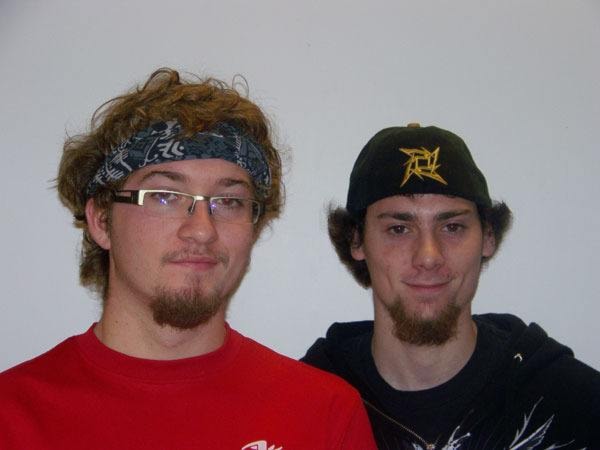The white sturgeon is yet another local species that is in trouble…what do we know about these gentle monsters?The white sturgeon is North America’s largest and longest living freshwater fish. The sturgeon can grow over six metres in length, weigh up to 1,800 pounds and can have a lifespan of over 100 years. It is a unique looking fish, with a long, slender body and no scales. Instead they have bony plates known as scutes that protect the sturgeon’s body.
Sturgeons have poor eyesight, to compensate they use their barbells to feel around for food which they then suck up with their vacuum-like mouth.White sturgeons are found in four freshwater drainages along North America’s west coast: the Sacramento, Columbia, Kootenay, and Fraser river systems.
Originally, the Kootenay sturgeon would travel 700 miles from the Pacific Ocean every year to spawn in the upper reaches of the river and return to the ocean to feed. Roughly 11,000 years ago, glacial movement created the Bonnington Falls on the western arm of Kootenay Lake which became a natural barrier that completely isolated fish above the falls from returning to the ocean. This made them the only naturally landlocked population of white sturgeon in North America. Since then, the Columbia and Kootenay River systems have become choked with many dams that have isolated dozens more sturgeon populations and introduced some new problems.
Not only do dams isolate, they also trap nutrients from flowing downstream and providing food for organisms upon which the sturgeon feed. Local sturgeon populations of concern are located between the Hugh Keenleyside and Grand Coulee dams on the Columbia River. Smaller populations also live in the Revelstoke reservoir and around Mica Dam.
As of 2006, the wild sturgeon population in the Kootenay and Columbia River systems was estimated to be just over 450 adult fish. There are at least two problems for the sturgeon. First, the eggs being laid and fertilized near dams are getting smothered by slit. Dams tend to slow up the flow of water which means more slit settles instead of being moved along. All fish eggs need access to flowing water to “breathe.” The second problem is the lack of recruitment into the adult population. Researchers are finding eggs and adults but not a lot in between. This is a problem as adults die naturally; it seems there aren’t many juveniles to replace or add to the adult population.
Where are the juveniles? No one really knows. One aspect of the sturgeon ecology that isn’t helping matters is their slow maturity. Females don’t start to breed until they are around 18 years old…there are so many things that can happen in those 18 years to prevent the female from producing offspring.
Companies like BC Hydro are doing their part to help by organizing sturgeon releases. These sturgeon have been raised in hatcheries until ten months of age then are released into the river at various locations, typically involving kids which certainly helps to educate the next generation. Also U.S. Fish and Wildlife Service along with the federal and provincial biologists in British Columbia are working on a recovery plan for the white sturgeon. The recovery plan is aimed at stabilizing the populations and preventing any further decline in numbers. In the end, the hope is that all these efforts will be successful in rebuilding the sturgeon populations.
Ross Zeleznik and Matt Howard
